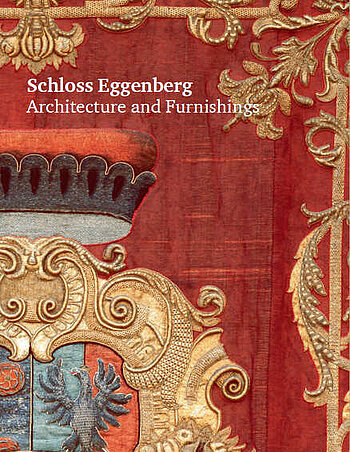Discover the
Universalmuseum Joanneum
Graz
Styria
Closed

More than 85 animal species from all continents live in the Herberstein Animal World.
Universalmuseum
Joanneum
Back to Universalmuseum Joanneum
Schloss Eggenberg. Architecture and furnishings
Piece each 9,90 €
Visitor's Guide (Vol. 2)
Even today, Schloss Eggenberg clearly testifies to the unprecedented rise of a family dynasty. For a brief time, it marked the alignment and conjunction of Styrian with world history.
Famed for their legendary wealth and political success, yet stigmatised for being opportunistic social climbers, the Eggenbergers always intrigued their contemporaries and would continue to fascinate later generations. From modest middle-class beginnings, their meteoric rise to the ranks of the most prominent families in the Empire gave rise to the “Eggenberg myth”, which in large part was based on the memory of the “Styrian Fuggers” and their singular position within the nobility of Inner Austrian society. The legend still lives on today, even though the family died out almost three hundred years ago.
In the Baroque era, nothing was more important than for a noble dynasty to demonstrate its fame and standing in the world. In particular, “new families” – such as the Eggenbergers – were obliged to demonstrate their special role in the courtly theatre of power for all to see and gape at. A spectacular residence oriented on Europe’s most important palaces of the time was therefore intended to make the dynasty’s new status clearly evident to the outside world. To this end, the princely family commissioned a complex synthesis of the arts to be built on the western reaches of Graz from 1625. Architecture and accoutrements were intended as a symbolic representation of the universe; they represented the attempt to create a microcosm, an edifice of the world that would befit an educated statesman. Its centrepiece today remains a precious ensemble of historical interiors with an impressive cycle of over five hundred ceiling paintings, all of which offer a panoramic vision of universal history. They serve as a “mirror of virtues”, as perceived during the Baroque period. This magnificent artwork of rooms and interiors has been preserved virtually unaltered. Here, the furnishing phases of the 17th and 18th centuries stand united in a precious ensemble that unlocks a particularly memorable experience. It therefore comes as no surprise that Schloss Eggenberg has been designated a UNESCO World Cultural Heritage site.
Barbara Kaiser, Paul Schuster
Schloss Eggenberg. Architecture and furnishings (=Visitor's Guide, Volume 2)
Graz, 2016
175 pages
ISBN 978-3-90209-581-7
(English)


















